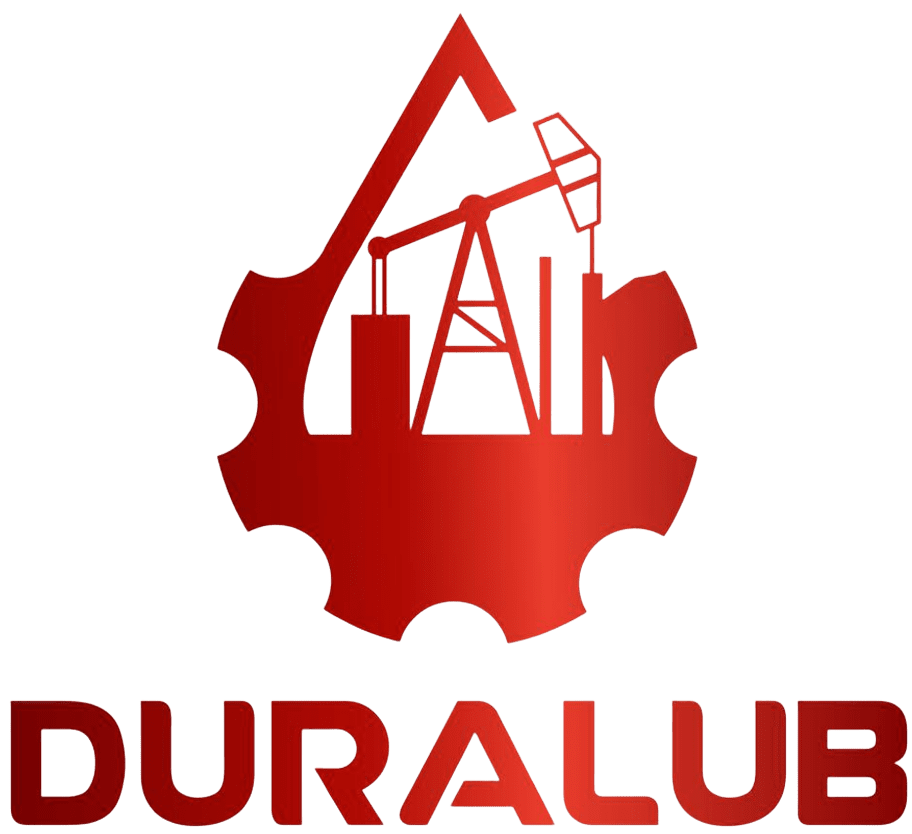

More than 200 actual million gallons of used oil from auto service centers, fast lubes, car dealerships and factories arrives at our re-refineries each year.
Oil from a wide variety of sources may contain chemical or physical contaminants that are hazardous or prevent that oil from being used in the re-refining process. Constant testing ensures that our feed stocks are capable of producing the highest quality end products. Result: premium products and environmentally correct recycling.
Water finds its way into many used oil storage areas, so it’s the first thing we remove, using a process of evaporation. The water is collected, treated to be chemically and biologically safe and then discharged.
Lightweight chemicals are extracted for reuse. With the water removed, the used oil goes to tall recovery towers where glycol and light fuels are separated and collected. By product: glycol is eventually reprocessed as a finished automotive grade product.
Heavier fuels are removed for industrial use. The used oil is now subjected to heat and vacuum processes which extract middleweight oils. By product: fuel for industrial heating.
Heavy materials are reclaimed for multiple uses. The heaviest impurities are removed in a complex series of processes. The used oil is actually vaporized in an extreme vacuum and then condensed. Different materials are then separated from the oil. By product: heavy oil for industrial use, such as asphalt extenders, which are made from the heaviest residual material.
The remaining oil is treated with hydrogen to remove sulfur, nitrogen, chlorine, heavy metals and other impurities. This step also corrects any issues with odor, color and corrosion performance. The purified oil is then separated by weight—cleaner than the day it was first refined and ready to return to the marketplace.
Various lubricating base oils are charged into blending vessel through flow indicator cum controller in fixed proportions depending on finished product desired. This is then dehydrated at atmospheric pressure followed by addition of various additives. Subsequently the blended product is filtered through centrifugal filter which retains any particle of size above 2 microns. This may then be filled in packs varying from ½ lit to 210 lit.
Since the process involved is that of mixing hence losses are minimal, yields being about 99%.